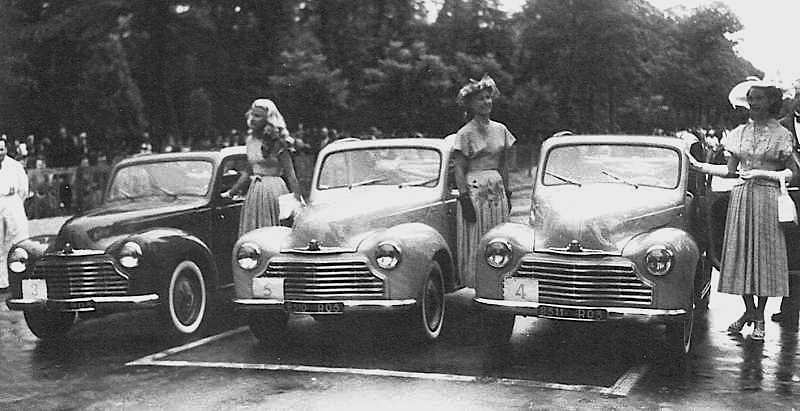In recent decades, automobile makers have tried to spread reimbursement of large development costs by designing and engineering car platforms for manufacture and sale on more than one continent. This concept seems simple in the abstract, but often proves difficult in execution. One source of problems is differing tastes of buyers in different countries. For example, North American buyers tend to prefer larger vehicles than do European buyers. Nevertheless, automotive firms continue to pursue the Holy Grail of the "world car."
A 1990s Ford effort in that direction was the Mondeo, intended for both Europe and North America. Information on the first-generation Modeo (1993-1996 pre-facelift, 1997-2000 post-facelift), the subject of this post, can be found here.
The Mondeo sold well in Europe. I drove one over much of Britain and Ireland around 15 years ago and thought it was a nice car, especially when cruising along motorways.
Unfortunately for Ford, the American version introduced for 1995 in the form of the Ford Contour and Mercury Mystique never sold well -- usually less than 100,000 per year. The above link mentions a habitability problem related to the firewall shape, but I think styling was a factor as well.
First-Series Ford Mondeo
This Mondeo has German license plates and is a five-door or hatchback model. This is evident due to the large backlight and small "bustleback" lip aft of the glass.
First-Series Ford Mondeo - 1995
A British Modeo, showing the front design. It seems to be a four-door sedan.
First-Series Ford Mondeo
Rear view of a German Mondeo hatchback. The large, convex backlight provides a substantial appearance lacking on four-door versions.
1995 Ford Contour
The Contour's hood and front differ from the Modeo. The soft appearance was surely chosen to relate the Contour to Ford's second-generation Taurus.
1995 Mercury Mystique
The Mercury version of the Mondeo featured a crisper-looking front.
1995 Ford Contour - sales photo
My problem with Contour and Mystique styling centers on the C-pillar which is both thin and soft-looking. Too feeble for a roof support from a visual standpoint.
1999 Mercury Mystique
The C-pillar from a different viewing angle. The first time I saw an American Mondeo version, this feature bothered me. It bothers me to this day. A slight straightening of the sides of the backlight sheetmetal perimeter would have improved the design. Alas, Ford seemed intent on rounded styling details in those days.















































